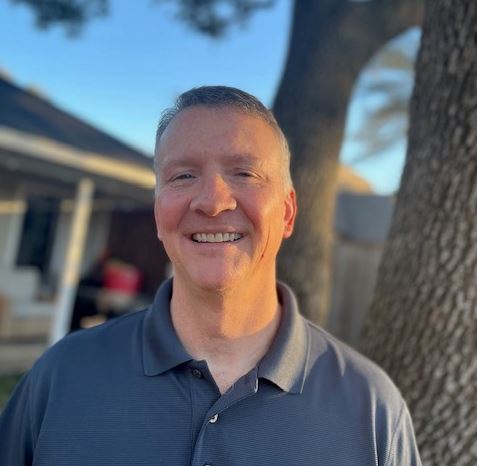Tell us about your background and how you and Corptax came to be.
 After two years in college, I joined the Army and worked on helicopters, which I really enjoyed. After leaving the service, I quickly realized helicopter maintenance and crew chief opportunities were slim. I went back to college and graduated with an accounting degree. I liked accounting because I view it as the nuts and bolts of a company. Numbers don’t lie; financials are what they are.
After two years in college, I joined the Army and worked on helicopters, which I really enjoyed. After leaving the service, I quickly realized helicopter maintenance and crew chief opportunities were slim. I went back to college and graduated with an accounting degree. I liked accounting because I view it as the nuts and bolts of a company. Numbers don’t lie; financials are what they are.
My first post-college job was in public accounting with Arthur Andersen. I then worked at Lennox International for almost five years. They were—and still are—a Corptax customer. From there, I worked at Thomson for another five years and then got a great opportunity to join Corptax.
I love working here. My prior experience working with Corptax software made the transition easy. It was a great fit and to this day, after 13 years, I’m still really pleased to be here.
What do you enjoy most about your job?
I always enjoy taking victory laps! Every support case solved is a victory, but I especially enjoy those cases that require collaboration with the customer and other departments within Corptax. If a customer needs help and the issue is especially challenging or something I haven’t seen before, it’s very satisfying to help that customer move forward. Or, when a customer is under the gun with an approaching deadline, and we resolve an issue in just two hours, it eases the customer’s mind and enables them to file a return. The hard-fought victories are always the most rewarding.
What’s a hidden gem of info that a client may not know?
It’s always best to create your federal and state e-file packages earlier rather than later in your return prep process, resolving errors as you go. This will help guide you to prepare an accurate return. You don’t want to clear errors and then discover your taxable income has changed after you sign off on the return. Early e-file preparation alleviates a lot of hassle!
What is something that surprises you about working at Corptax?
It is absolutely the culture we have here. Continuous learning is always emphasized. For example, taking a case you may not be entirely up to speed on and stretching your knowledge and capabilities is the norm. We’re always encouraged to reach a little bit further.
Plus, it’s common for my teammates and me to reach out to one another to answer questions and to help each other. We all take ownership. It’s a culture that comes from the top. I find it’s really comforting to have a management team that is so supportive.
What’s something big or small that you’re really good at?
Troubleshooting, for sure. I enjoy solving unique and complex issues. An example is the Massachusetts unitary return. Since it can be challenging, we get a lot of those cases every year. I decided to really spend time with it and become highly proficient and now, admittingly, I actually enjoy it.
What lessons has your work life taught you?
My role in Support is to troubleshoot, which means asking the right questions to understand the source of the problem. I use the troubleshooting skills I’ve learned at work to resolve problems in everyday life. For example, as a parent, if my kids come to me with problems, I ask open-ended questions to fully understand the issue and not make rash decisions. And actually, my kids appreciate this approach because they know I’m engaged with whatever problems they have.
What are some challenges, opportunities, and evolving trends you see developing in the next five years?
It will be interesting to see where AI takes us. It can be the fire that burns the house down or the fire that provides warmth and comfort. We will need to be very responsible with it. And when I say “we,” I don’t just mean Corptax. I hope everybody in our industry keeps that in mind.
Who is somebody you admire and why?
Hands down, Alex Smith. He is a retired NFL quarterback who played for a number of teams including the Washington Redskins. He ended up having a terrible leg injury; he broke both bones in his lower leg. After surgery, Alex ended up getting a severe infection. His doctors were considering removing his leg just above the knee. He elected not to do that and instead, spent two years rehabbing. What is amazing is that he ended up coming back to play in the NFL and received the 2020 Comeback Player of the Year award. I can’t imagine how hard he worked to be able to return. Perseverance is a trait that I greatly admire, and he certainly demonstrated it.
She’s a Scrum master, Agile Transformation guru, and “1-percenter”— Meet Technology Manager Poorna Kamath
about this topic